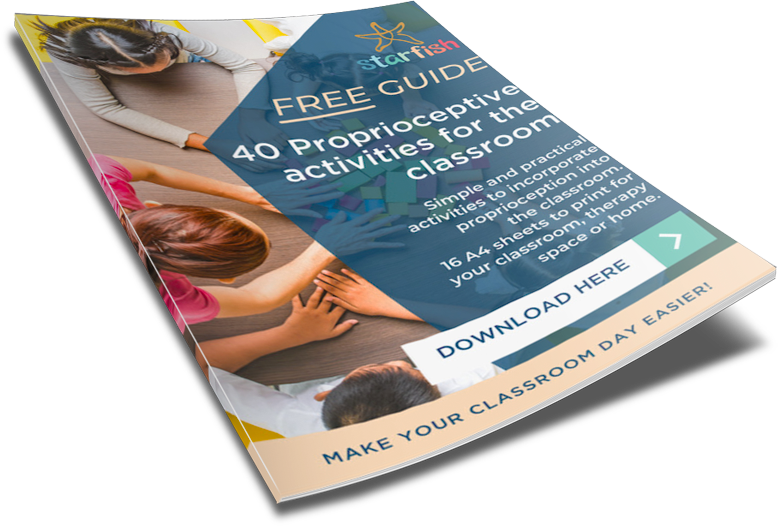Your Cart is Empty
Last chance to enter for the GOLDEN TICKET! Shop with Starfish for your chance at $500 💰

Confusing the letters b and d is a common issue for many learners.
Whether it is mixing up b’s and d’s in reading or writing, or both, as parents and educators, it is important to address this early.
Recognising the letters (and their individual sounds) is vital to reading and being able to correctly form (handwrite) the letters is essential when writing. Being able to automatically and correctly recognise and write the letters b and d has a direct impact on a child’s literacy.
We detail what strategies we use to help learners master their b’s and d’s in our tutoring centre.
Learning how to recognise and write the letters b and d correctly (and automatically) is important because:
Many of the learners in our specialist tutoring centre have significant learning difficulties. And we know that they require more explicit instruction and practice to achieve mastery.
When it comes to teaching, or correcting, recognising & writing the letters b and d, these are the strategies we have found to be the most helpful:


 “bat before the ball is a b”.
“bat before the ball is a b”.  Hand gestures.
Hand gestures.




For many learners, b and d confusion can be challenging. But it is possible with effective teaching, to overcome this obstacle, and develop strong reading and writing skills.
School Fonts is an excellent website that has all the fonts used by each state/territory.
You can also find excellent resources online through each of the state or territory’s respective Department of Education website (search Handwriting syllabus). The NSW Department of Education have a handy resource that includes a copy of NSW Foundation Style guide and tips for handwriting.
We would love to hear your experiences with students or with your own children.
What have you found helpful?
What problems do you encounter?
Remember to save this post for future reference, and share with your teacher and parent friends. By sharing you truly help us grow. So, thank you.
Kirstie and the Starfish team.
Kirstie Wishart M.Ed (Special Education).
Owner and founder of The Starfish Store. Kirstie’s professional life has included: teaching (in both public and private schools in Australia, New Zealand and Thailand), lecturer and subject coordinator at the University of Wollongong, Educational consultant (working with children and young people with a trauma background), OoHC Case Work Manager, and Specialist Tutor (working with children and young people with significant learning difficulties and/or disabilities).

40 Proprioceptive activities for the classroom. Simple and practical activities to incorporate Proprioceptive into the classroom. 16 A4 sheets to print for your classroom, therapy space or home.